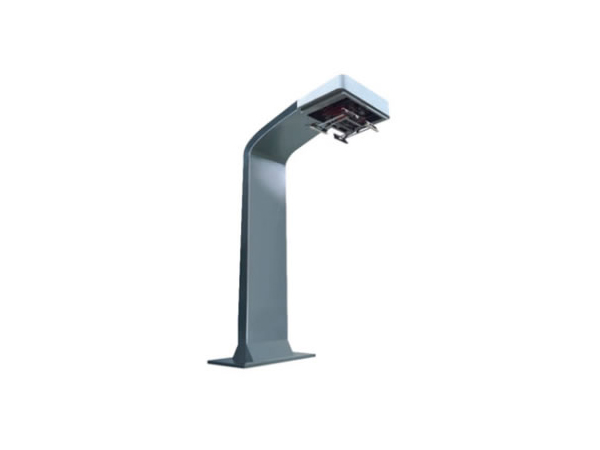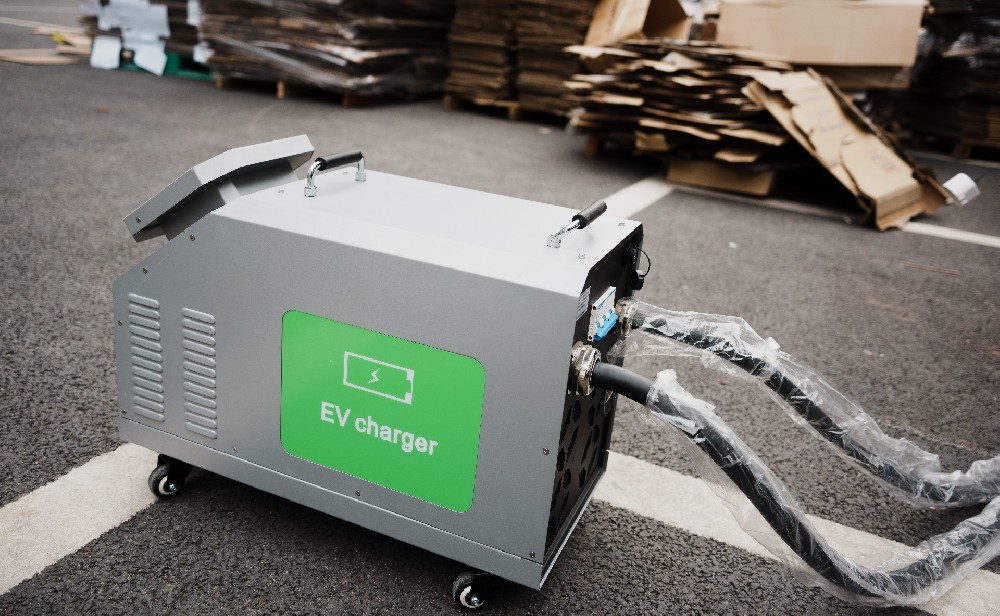-
13822183778@139.com
-
13822183778
Electric vehicle charging piles should not only accelerate the construction but also strengthen management
The National Day holiday has come to an end. In this grim situation of the epidemic, we can see that there are still many tourists going out to travel. But every holiday, you can imagine the most uncomfortable is the traffic jam, whether it is gas stations or charging stations are also queuing up.
"Charging for an hour, queuing for several hours" this is the National Day holiday in the charging station to hear the most of the sentence, there are always many electric vehicle owners in the high-speed service area of the long line of charging embarrassment. Although this is only the contradiction of charging demand in a specific period of time, these special experiences after social media rendering, often magnify the anxiety of new energy vehicles, causing public opinion to "accelerate the construction of charging piles, reduce the pile ratio" call.
The so-called car-pile ratio refers to the proportion of the number of new energy vehicles and charging piles. For a long time, the pile ratio in people's eyes is an important indicator to measure whether it can meet the charging demand of new energy vehicles. The lower the ratio, the more sufficient the supply of charging piles, and the more convenient the charging. Since the start of China's new energy automobile industry, constantly reducing the ratio of piles has become the common pursuit of the industry.

It should be said that before last year, China's vehicle-pile ratio was declining year by year. However, with the surge in sales of new energy vehicles in the past two years, the pile ratio has begun to expand. Data released by the China Electric Vehicle Charging Infrastructure Promotion Alliance shows that by the end of August this year, the cumulative number of charging infrastructure in the country was 4.315 million units, while the number of new energy vehicles was 10.99 million. This means that the car-pile ratio is 2.5:1, far from reaching 1:1, that is, a new energy vehicle equipped with a charging pile target.
This now widely mentioned ratio target is derived from the 2015 "Electric Vehicle Charging Infrastructure Development Guide" jointly issued by the National Development and Reform Commission and four other departments. However, in my opinion, this pile ratio target is calculated according to the technological development at that time, and it is not necessary to worry about this at present, but more important is to strengthen the reasonable layout of charging piles and improve the efficiency of use.
In theory, the satisfaction of new energy owners for the construction of charging network should be proportional to the reduction of the pile ratio. However, from a practical point of view, the pile ratio is not the only weight and measure to solve the "energy anxiety", and the application of "the last 1 kilometer" of new energy vehicles is much more complicated than the 1:1 pile ratio.
For example, in some highway service areas, some charging piles have long become fault piles because they have suffered varying degrees of damage. In many cities, some charging piles have no power access, and some charging piles have problems contacting service providers, and netizens laugh that "charging packs". Some charging piles can be used, but the efficiency is not high. According to the "China Major Cities Charging Infrastructure Monitoring Report" in 2021, 22 of the country's 25 large cities have an average time utilization rate of less than 10% for a single public charging pile.
There are some objective reasons for this phenomenon. In the early years, the charging pile industry, which was once the tuyere, attracted many enterprises to run and circle the land, although the enterprise built the charging station, but did not reach the expected profit target, and finally gave up the operation. In addition, there are also problems such as unreasonable charging network layout and inadequate maintenance.
In fact, whether the layout of the charging pile is reasonable and whether the operational efficiency can meet the needs of users is the key point that really affects the experience of the charging pile. Unlike some commodities, charging piles have both commercial interest demands and public service attributes. If the layout is not reasonable, it not only does not reflect the public attributes of the charging pile, but also causes a waste of resources. Therefore, the relevant departments in the planning and layout of charging piles, it is necessary to combine big data technology for comprehensive analysis, and do a good job of "where to build" and "how much to build".
Strengthening the research and development of new charging technologies and improving the digital and intelligent level of charging services are also conducive to improving charging efficiency and optimizing the allocation of charging resources. At present, major enterprises are competing to develop super-power charging technology, and some have been industrialized. If this technology can be applied on a larger scale, on the one hand, the number of charging piles can be greatly reduced, and the car-pile ratio does not have to reach the so-called 1:1; On the other hand, it can also better enhance the user charging experience by promoting industrial upgrading.
An effective regulatory system should also be put in place. For enterprises, it is not only necessary to establish the maintenance and operation mechanism of daily charging piles, timely update the data platform, and provide effective charging pile information for car owners, but also to rationally allocate operation and maintenance personnel, increase the inspection frequency of charging piles with high use frequency and high damage rate, remove some charging piles that have been idle for a long time or are difficult to maintain, and reduce unnecessary maintenance costs. Improve operational quality and efficiency. As far as the regulatory authorities are concerned, they must supervise the product quality and actual use of the charging pile through irregular inspections, so that the problem of "someone built, no one managed" of the charging pile can be effectively solved.
 How long does it take to charge ···
How long does it take to charge ···
 DC Fast Charging CCS type 2 plug
DC Fast Charging CCS type 2 plug
 The high-voltage and high-curren···
The high-voltage and high-curren···


